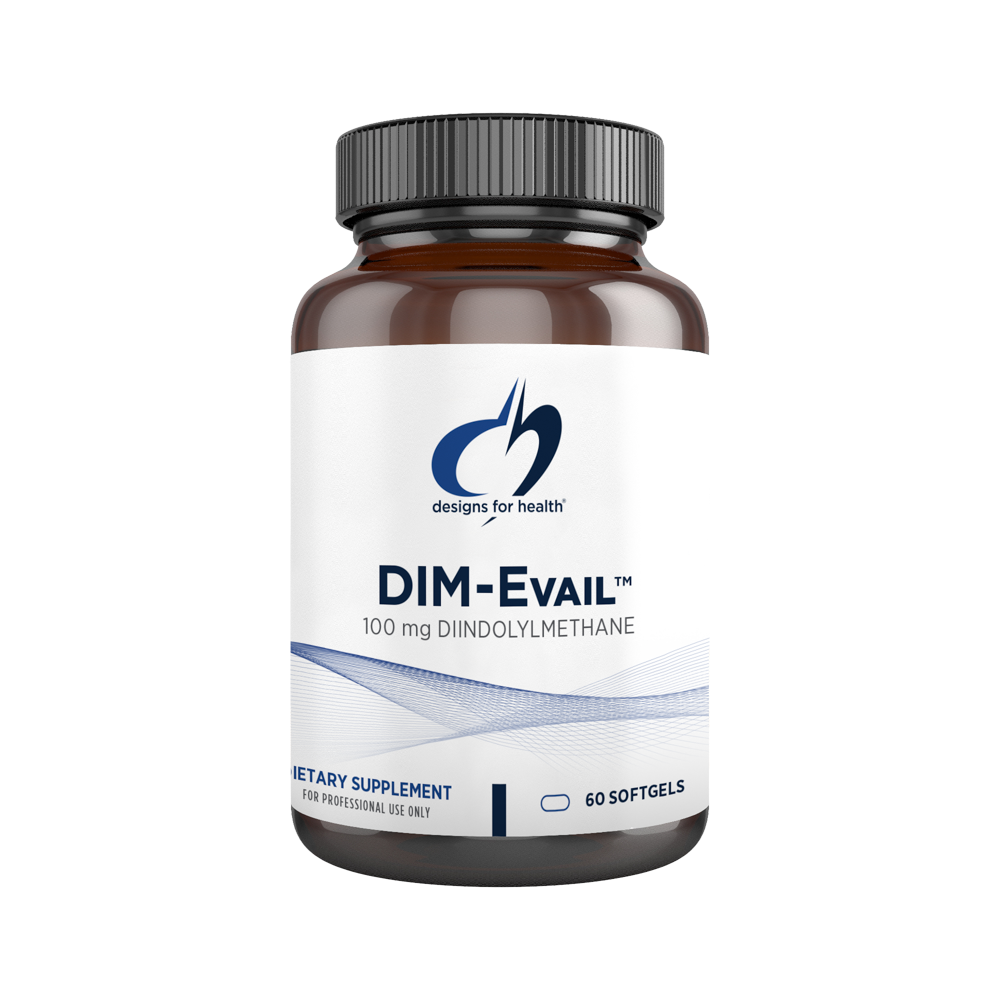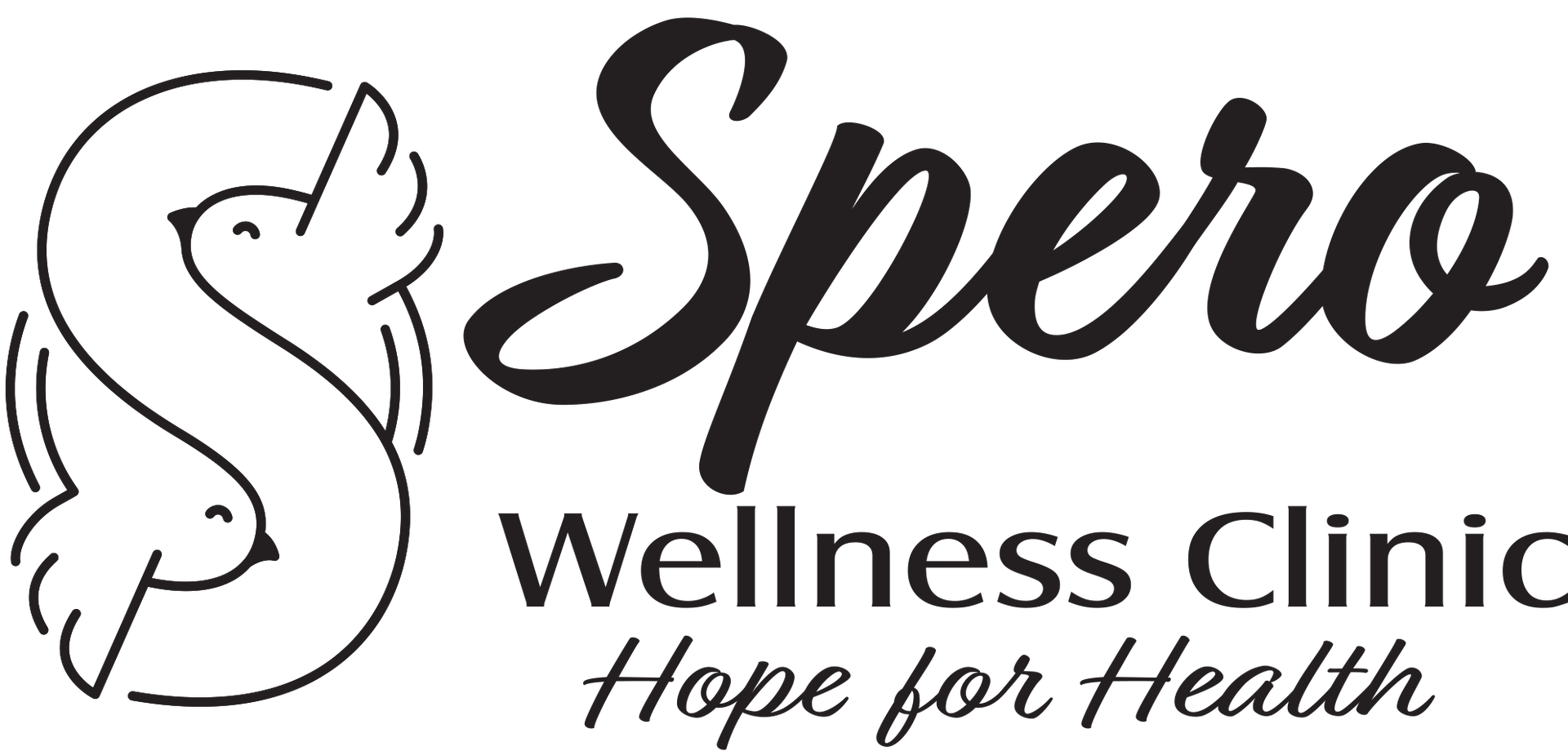October 30, 2023
Unfortunately, most of us know someone who has been affected by breast cancer. As of January 2022, here are some key facts about the prevalence of breast cancer in the United States: Common Cancer in Women: Breast cancer is the most common cancer among American women, aside from skin cancer. Incidence: In 2021, it was estimated that there would be over 281,000 new cases of invasive breast cancer in the United States. Additionally, there would be around 49,290 new cases of non-invasive breast cancer. Lifetime Risk: The American Cancer Society estimates that the lifetime risk of a woman developing breast cancer is about 13%, or 1 in 8. Mortality: In 2021, it was projected that approximately 43,600 women in the United States would die from breast cancer. Age and Breast Cancer: The risk of developing breast cancer increases with age. Most breast cancer cases are diagnosed in women aged 55 and older. Race and Ethnicity: Breast cancer incidence and mortality rates vary by race and ethnicity. White and African American women have the highest incidence rates, while African American women have a higher mortality rate. Screening and Early Detection: Mammography, thermography and regular breast self-exams are important tools for early detection. The earlier breast cancer is detected, the more treatment options are available, and the better the chances of survival. Survival Rates: Survival rates for breast cancer have been improving over the years, in part due to early detection and advances in treatment. The 5-year relative survival rate for localized breast cancer is close to 100%. Genetic Factors: Some individuals, particularly those with a family history of breast cancer or certain genetic mutations (e.g., BRCA1 and BRCA2), have a higher risk of developing breast cancer. Preventive Measures: Lifestyle factors such as maintaining a healthy weight, regular physical activity, limited alcohol consumption, and avoiding smoking are associated with a reduced risk of developing breast cancer. As mentioned above, the BRCA gene mutation is associated with a significantly increased risk of developing breast and ovarian cancer. For those who carry this genetic mutation, the need for effective preventive measures and early detection strategies is of paramount importance. Recent research has shed light on the potential role of DIM, a natural compound found in cruciferous vegetables, in this context. Diindolylmethane is a bioactive compound that has garnered attention for its health-promoting properties, particularly in cancer prevention. Our growing understanding of DIM's mechanisms and its impact on individuals with the BRCA gene mutation has opened new avenues of exploration. Here are some key aspects of how DIM could potentially benefit healthy BRCA gene carriers: Modulation of Estrogen Metabolism: DIM has been shown to influence the metabolism of estrogen, a hormone that plays a crucial role in breast cancer development. By favoring the production of a less potent and potentially less harmful form of estrogen, DIM may help reduce the cancer-promoting effects of this hormone. Regulation of BRCA Gene Expression: Emerging research suggests that DIM might influence the expression of the BRCA genes themselves. This could have a significant impact on the way these genes function and interact with cancer development pathways. Reduction of Breast Density: High breast density is associated with an increased risk of breast cancer and can also make it more challenging to detect tumors via traditional screening methods. Preliminary studies indicate that DIM may contribute to a decrease in breast density, potentially improving the effectiveness of breast cancer screening for BRCA gene carriers. There's a study that utilized DFH's DIM-Evail formula at the time. It has since been reformulated to be even more bioavailable! Pretty cool information and definitely a step in the right direction! This study investigated the effect of DIM supplementation on breast density, a recognized predictive factor of breast cancer risk. Participants were 23 healthy female BRCA carriers, with the majority being post-menopausal. They were treated with oral DIM 100 mg × 1/day for 1 year. The amount of fibroglandular tissue (FGT) and background parenchymal enhancement (BPE) on magnetic resonance imaging (MRI) performed before and after the intervention was scored by two independent expert radiologists using the Breast Imaging and Reporting Data System. The results showed a decrease in the average score for FGT with no significant change in BPE. A group of DIM-untreated (age and menopausal status matched women) from the BRCA clinic did not show a significant change in FGT amount in a parallel year. . In conclusion, 1 year’s supplementation with DIM 100 mg × 1/day in BRCA carriers was associated with a significant decline in FGT amount on MRI. Interestingly, besides certain gene mutations, there are many other variables that have been shown to increase the risk for breast cancer. These include: · Mold Toxicity/Exposure · Radiation Exposure · Breast Implants · Heavy Metals (Including Amalgam Fillings) · Dental Infections · Toxins such as BPA, PFAS/PFOAs · Phthalates





